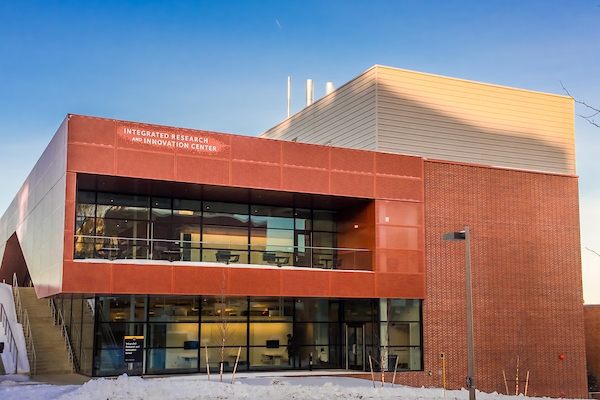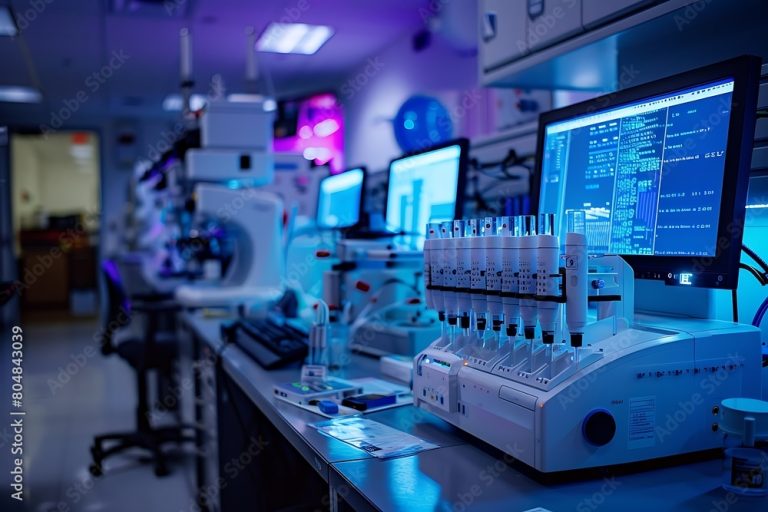New Fish Rack System Helps Advance U of I’s Biomedical Research
This article was published by the Office of Research and Economic Development in the October 2019 Scholars and Researchers newsletter. IMCI supports Zebrafish research through modeling via the Evolution of Tandemly-Replicated Opsin Genes: Molecular Models That Predict Spectral Shifts (which led to an article featured on the cover of Science magazine) and Bioinformatic Analysis of Immune-Dell-Derived, Regeneration-Specific Transcripts in Zebrafish Modeling Access Grants (MAG). MAGs are the bridge between a great idea and an actual project. The joint purchase of these new zebrafish aquatic housing systems is just one example of our focus on interdisciplinary, collaborative research.

Humans and zebrafish have more in common than one might think. They share 70 percent of the same DNA coding; and zebrafish muscles, blood, immune system, kidneys and even eyes share many human features. Consequently, zebrafish are an important animal model for human biomedical research.
Recognizing this, Professor Deborah Stenkamp and Assistant Professor Diana Mitchell, both cellular and molecular biology experts in U of I’s College of Science, proposed to conduct retinal regeneration and developmental studies on zebrafish. Such research could help us understand the mechanisms behind the successful regeneration and regulation of genes governing color vision. These studies can also help pave the way for new approaches to help treat humans with vision loss — and possibly other disorders that can deteriorate the nervous system.
To conduct these studies, Stenkamp and Mitchell needed a clean, contained environment to keep these disease-susceptible animals safe and healthy. Several U of I entities stepped in to provide $73,000 in funding for the solution: three stand-alone ‘fish rack’ containment systems with advanced filtration features. The Office of Research and Economic Development, College of Science, Department of Biological Sciences, Idaho NIH IDeA Network of Biomedical Research Excellence (INBRE) program, Institute for Bioinformatics and Evolutionary Studies (IBEST), and Institute for Modeling Collaboration and Innovation (IMCI) all helped support the effort.
The new racks will allow Stenkamp and Mitchell to perform ‘clean’ experiments on zebrafish tissue regeneration and development – without any pathogenic microbes that could complicate their experimental outcomes. The system, located in U of I’s Laboratory Animal Research Facility (LARF), will also help future U of I researchers conduct similar biomedical studies on zebrafish. The three racks feature a variety of small and large tanks, all monitored and controlled by a computerized system that ensures a healthy environment for the fish. These computers bring precise amounts of sodium bicarbonate – better known as baking soda – into the water to ensure pH balance; deliver exact measurements of brine to simulate brackish waters, where some zebrafish naturally live; and perform various other functions. Water storage tanks are also included in the system as a safeguard in case of system leaks or other water loss events.





